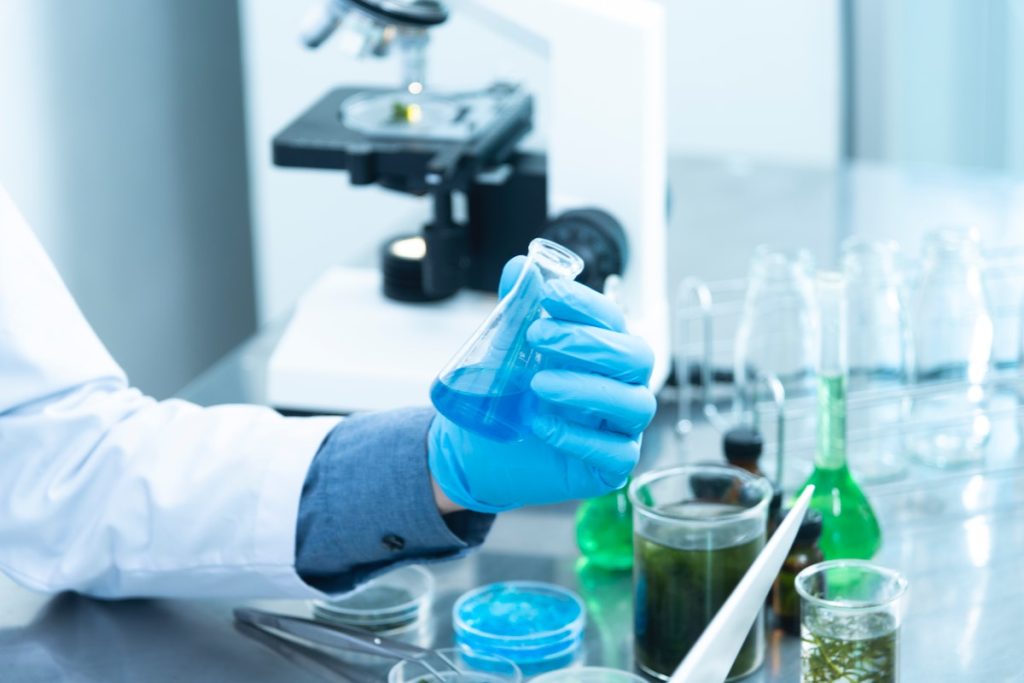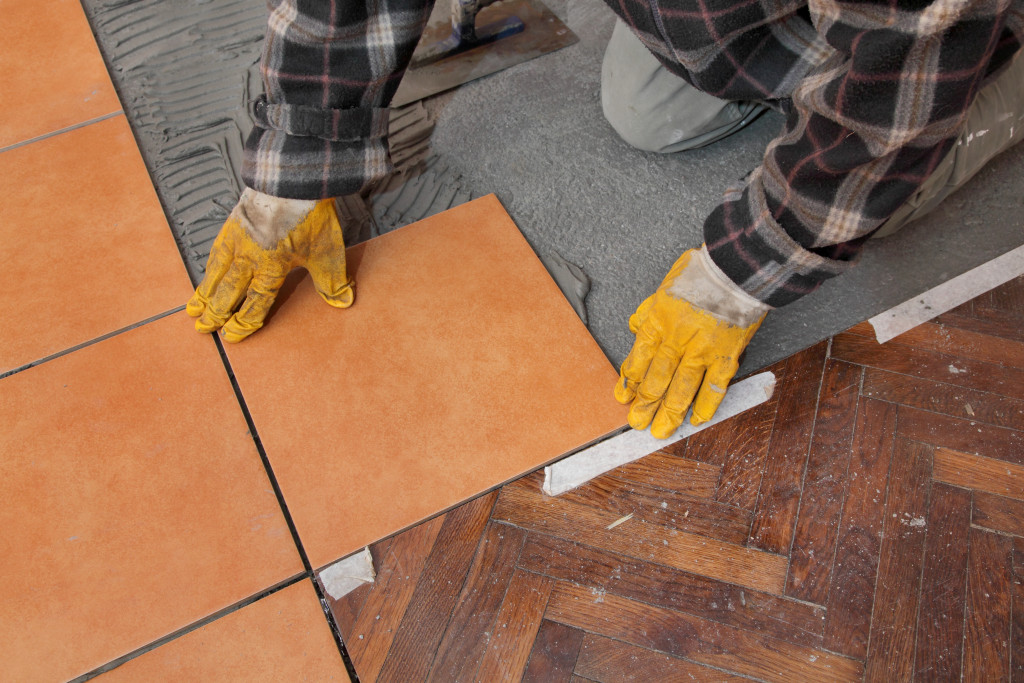Pharmaceutical research labs are constantly evolving to keep up with the latest advancements in drug development. To stay competitive, pharmaceutical companies must upgrade their labs with the latest technology and equipment. This can be costly, but there are many ways to reduce costs while upgrading your lab. Here are a few tips on how to do just that.
Evaluate Your Needs and Research the Latest Technology
Upgrading your lab technology can be a big investment, so it’s important to ensure you’re getting the most bang for your buck. First, evaluate your needs and identify the areas where you would like an improvement. For instance, consider upgrading your equipment or adding automated processes like robotics if you want to increase efficiency.
Robots can help streamline the process of tests and trials within the pharmaceutical industry, allowing for faster introduction of new products to the market. Be sure to read reviews and talk to other experts who have used the products you’re considering before making a final decision. See if you can get a free trial to test the new technology before committing.
Install Energy-Efficient Lighting and Equipment
Lighting and equipment account for a large portion of a lab’s energy use, so switching to energy-efficient options can lead to significant savings. LED lighting is now widely available and can provide the same illumination level as traditional light bulbs while using less energy. Likewise, energy-efficient equipment such as refrigerators and freezers use less power than their older counterparts.
Having energy equipment in your lab means you can keep the lights on for longer periods without worrying about energy costs. Additionally, you can reduce your carbon footprint by ensuring that all your equipment and lighting are energy-efficient. For your lab equipment, energy efficiency means your equipment will last longer and need fewer repairs, ultimately saving you money.
Update Your Ventilation System
In any pharma lab, it is critical to maintain a safe and healthy work environment. Part of ensuring a safe work environment has an up-to-date ventilation system. Good ventilation helps to keep airborne contaminants and fumes from accumulating in the work area. It also helps to control temperature and humidity levels, which can impact the quality of your work.
A fume hood is an excellent ventilation system for dangerous fumes, gases, and other airborne contaminants. Exhaust fans are placed on top of the lab’s building to help ventilate the space and protect the inside. You should also ensure that your ventilation system is regularly maintained and inspected by a professional, as this will help prevent any malfunctions or accidents from occurring.
Create More Space with Modular Lab Furniture

Modular lab furniture is a great way to create more space in your laboratory. By using modular furniture, you can easily reconfigure your lab to meet changing needs. Modular furniture is also very versatile, so you can create various workspaces. For example, you can use modular furniture to create an ergonomic workstation, a storage area, or a private workspace.
Modular furniture prevents repetitive stress injuries by keeping technicians in comfortable positions. This also helps ensure their health and wellness. Modular furniture is also easy to maintain and clean, so you can keep your laboratory looking its best.
Upgrade to Pharmaceutical Flooring
If you are considering upgrading your pharmaceutical flooring, keep a few things in mind:
- Choosing a material that is easy to clean and disinfect is important.
- You’ll need to ensure the flooring can withstand harsh cleaning chemicals.
- Selecting a flooring system that won’t harbor bacteria or allow dust and dirt to accumulate is important.
With so many factors to consider, it’s no wonder many pharmacies choose epoxy flooring. Epoxy is a durable, easy-to-clean material that can withstand even the harshest cleaning chemicals. In addition, epoxy flooring is nonporous, so it won’t harbor bacteria or allow dust and dirt to accumulate.
Label Everything for Quick and Easy Identification
In a busy pharmaceutical lab, it’s essential to quickly and easily identify all the different chemicals and materials. That’s why it’s important to label everything using a clear and concise system. There are a few different ways to do this, but one of the most effective is to use color coding. For example, you could use red labels for dangerous chemicals, blue labels for liquid solutions, and green labels for powders. This will help you to quickly and easily identify the different materials, even in a chaotic environment.
Another helpful tip is to use abbreviations and symbols where possible. This will save time and ensure that your labels are easy to read. Just make sure that everyone in your lab knows what the abbreviations mean. You can also invest in a labeling machine to quickly and easily label your materials and avoid doing it manually, which may cause confusion.
By implementing these tips, you can create a safe and organized work environment in your pharmaceutical lab. With proper ventilation, modular furniture, the right flooring system, and clearly labeled materials, you’ll be able to ensure a safe and efficient working space for everyone.



